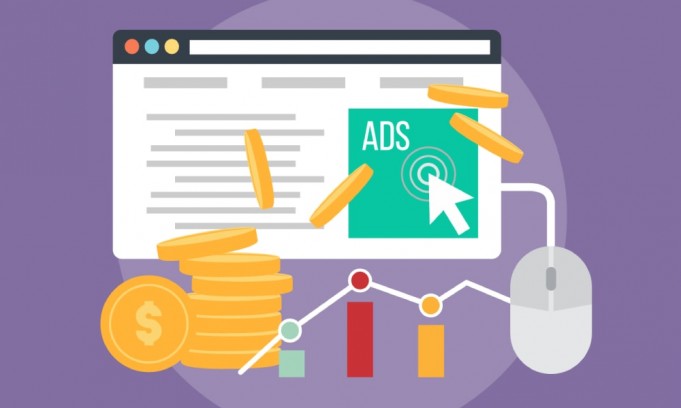Create and Structure Ad Groups
Account structure is a crucial element in ensuring the success of paid searches. This priority is given to keywords, ad messages, and landing pages in alignment with the business’ goals. Nonetheless, for the most efficient reporting and optimization, it is equally critical that the system is as robust as possible. Beyond the initial setup, one should think and build an agile framework that will allow effective, ongoing maintenance. While some engine features vary, especially in non-English speaking markets, the majority have the same common elements. The practices below focus on how to set up campaigns and ad groups.
Good practices for campaign setup
Use campaign settings as a guide when deciding what and how many campaigns to have and consider which searches you want to have the maximum coverage. The two essential parameters are the target and the budget. Use the campaign settings as a guide when deciding what and how many campaigns to have and consider which searches to have the maximum coverage you want. Target the two important ones and the budget. In terms of coverage, it is a best practice to fund your brand terms fully, followed by conditions for the supplier brand and anything likely to drive a high ROI.
Where to display your Ads
First, consider where you want to display your ads. Evaluate which network of engines you should run, in what geography and languages. Ads are also supposed to appear on the search results ( i.e., search network only). However, in some cases, you may want to run the given engine on syndication sites or even the display networks. Take a moment to check which system you are looking for and choose the right setting.
It’s tempting, for geography, to have the same footprint as your business with other media. However, your demand for the search engine may differ from where your sales take place offline. Taking a moment to study (DMA, cities, states, regions, countries) where search engine demand is most likely to come. Then start creating with a couple of individual campaigns for your top markets.
Follow the money
Remember the budgeting and reporting criteria must be done before finalizing the framework. As already stated, there will be some terms that you may want to finance entirely. For example, you have your types of brand and, or if you are a wholesaler or a supplier. As budget lives on a campaign level, anything that needs a dedicated budget deserves a campaign of its own.
Ad Group Best Practices
Start by clustering themes into your desired keywords. To avoid overlaps in targeted searches, these should be as narrow as reasonably possible. With our example of a flag store, each keyword cluster might be for terms around a country’s flags. Not even such groups would turn into ad classes. Before you convert your keyword clusters into ad groupings, consider match types, audience targeting, and messaging.









